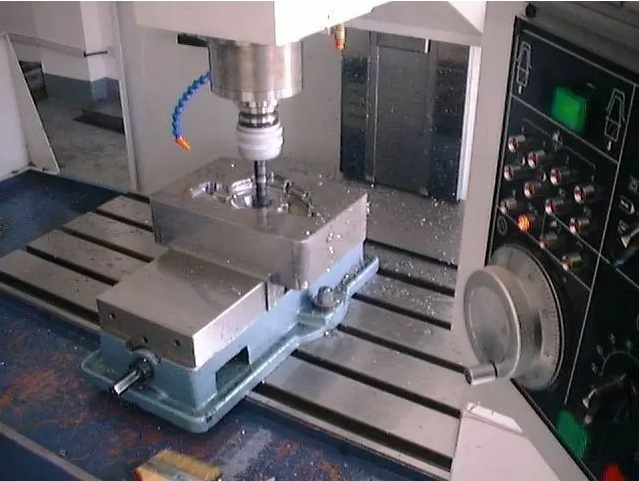The Evolving Landscape of Precision Cutting Technologies in Sheet Metal Manufacturing+ View more
Insights into Laser Cutting: Precision Meets Speed
Laser cutting, a technology celebrated for its precision, operates on the principle of directing a high-energy-density laser beam onto the material surface, causing it to heat, melt, evaporate, or reach its ignition point, while an accompanying high-speed gas jet ejects the molten material away, effectuating the cut. This technique is revered for its high accuracy, repeatability, and speed, which are pivotal in industries where time is of the essence. Moreover, the clean and smooth edges produced by laser cutting negate the necessity for additional finishing, streamlining the manufacturing process significantly. The integration of computer controls and CNC systems further augments its allure by facilitating automation and intricate cuts with minimal human intervention.
However, the laser-cutting technology is not without its drawbacks. Its performance is constrained by the material type, particularly struggling with highly reflective metals and certain non-metals such as plastics and glass. Furthermore, the process gives rise to a heat-affected zone (HAZ), which can potentially alter the material’s microstructure. High operational costs associated with equipment purchase and maintenance also pose a considerable challenge, particularly for small to medium enterprises (SMEs).
Waterjet Cutting: The Versatile Contender
On the other flank of the battlefield stands waterjet cutting, a technique that employs a high-pressure water stream, typically infused with abrasives like garnet, to erode the material at superlative speeds and achieve the cut. Its versatility is unmatched, with the ability to slice through an extensive array of materials, including metals, stone, ceramics, glass, and composites. Being a cold-cutting process, it eliminates the formation of a heat-affected zone, making it the go-to choice for heat-sensitive materials. Its environmentally friendly nature, producing no harmful gases or dust, aligns well with the growing emphasis on sustainable manufacturing practices. Additionally, the absence of mechanical stress during cutting safeguards the integrity of the workpiece.
However, the technology is not devoid of limitations. Waterjet cutting is generally slower than laser cutting, which can be a bottleneck in high-volume production environments. While the initial equipment cost might be lower than that of laser cutting machines, the long-term operational costs, primarily due to abrasive consumption, can be relatively higher. The process is also notorious for generating considerable noise and leaving behind wet slurry, which may necessitate additional cleanup efforts.

